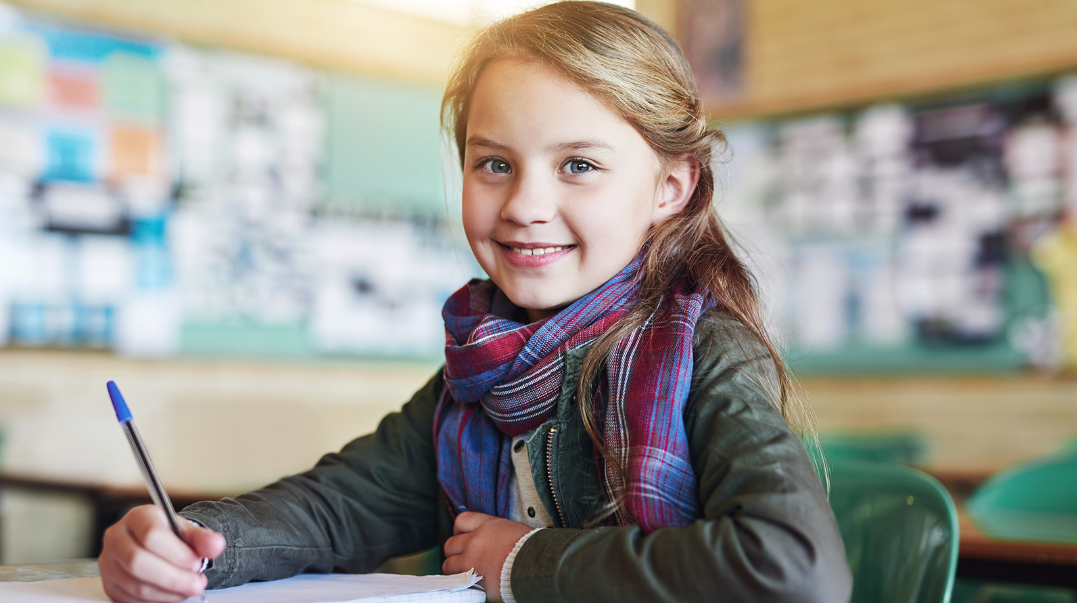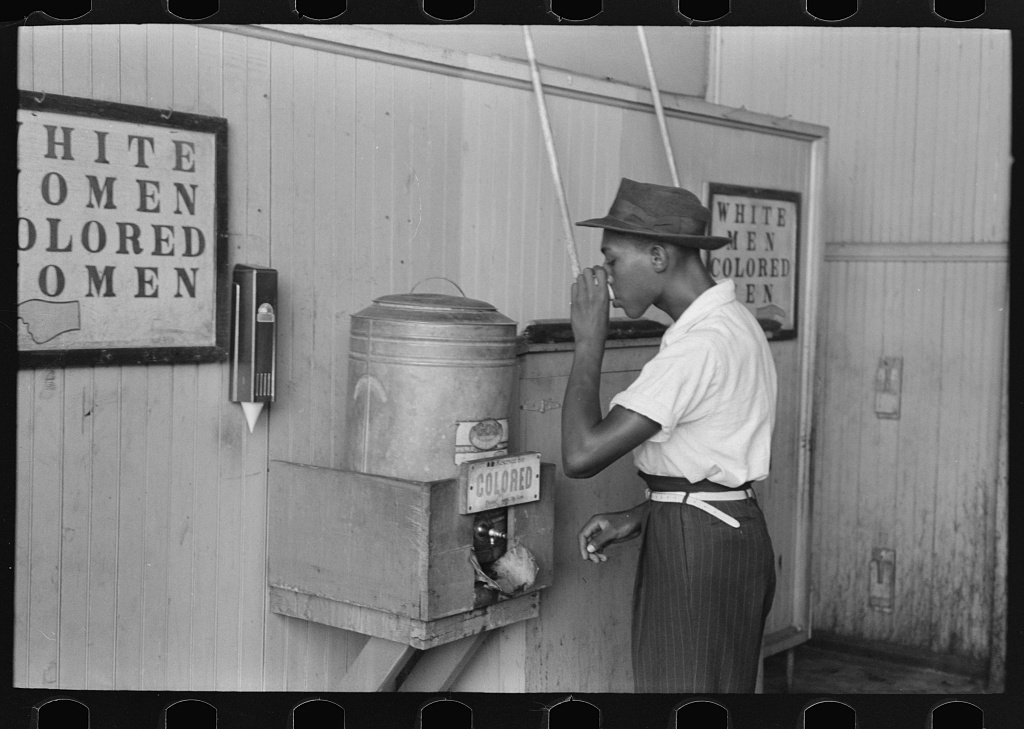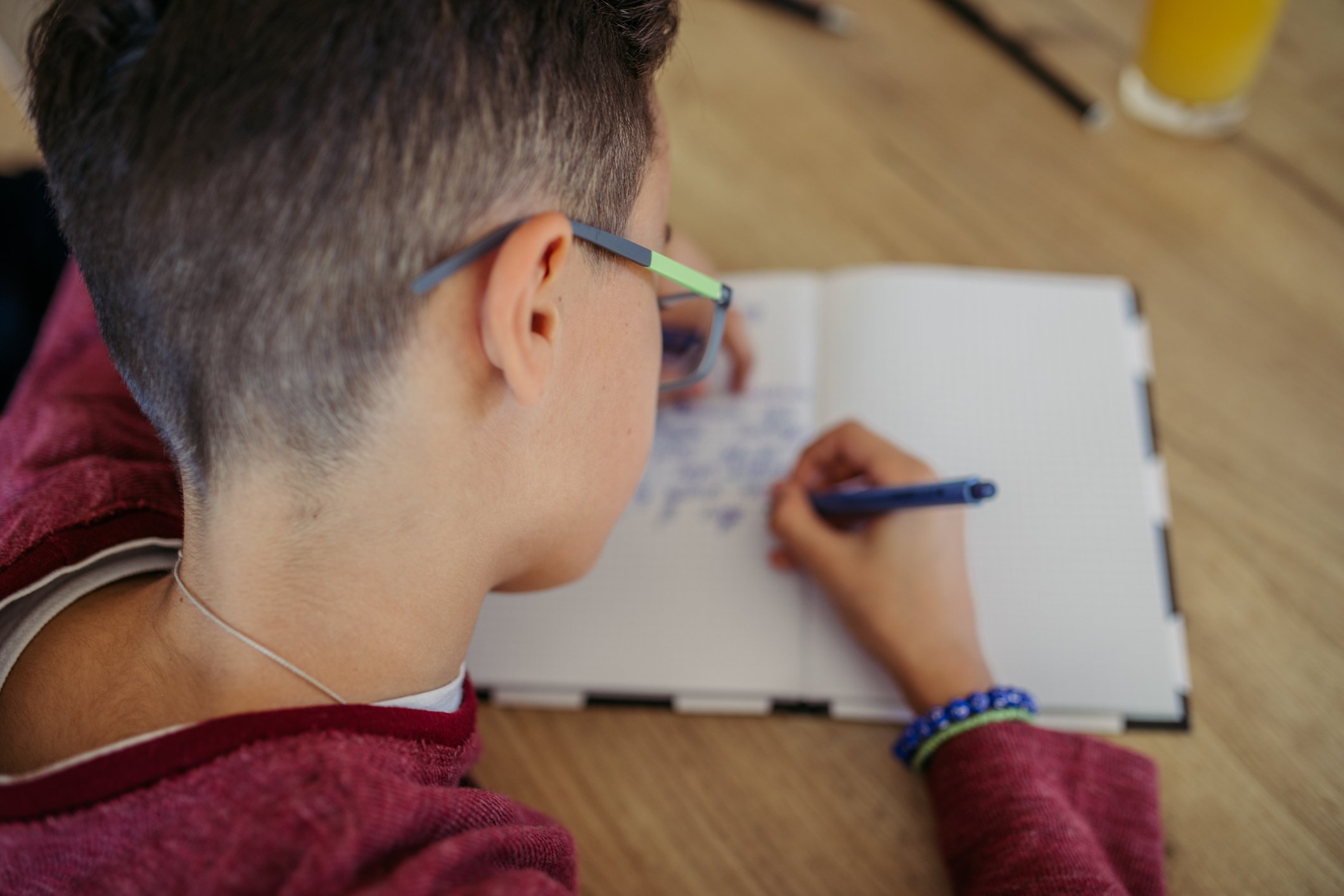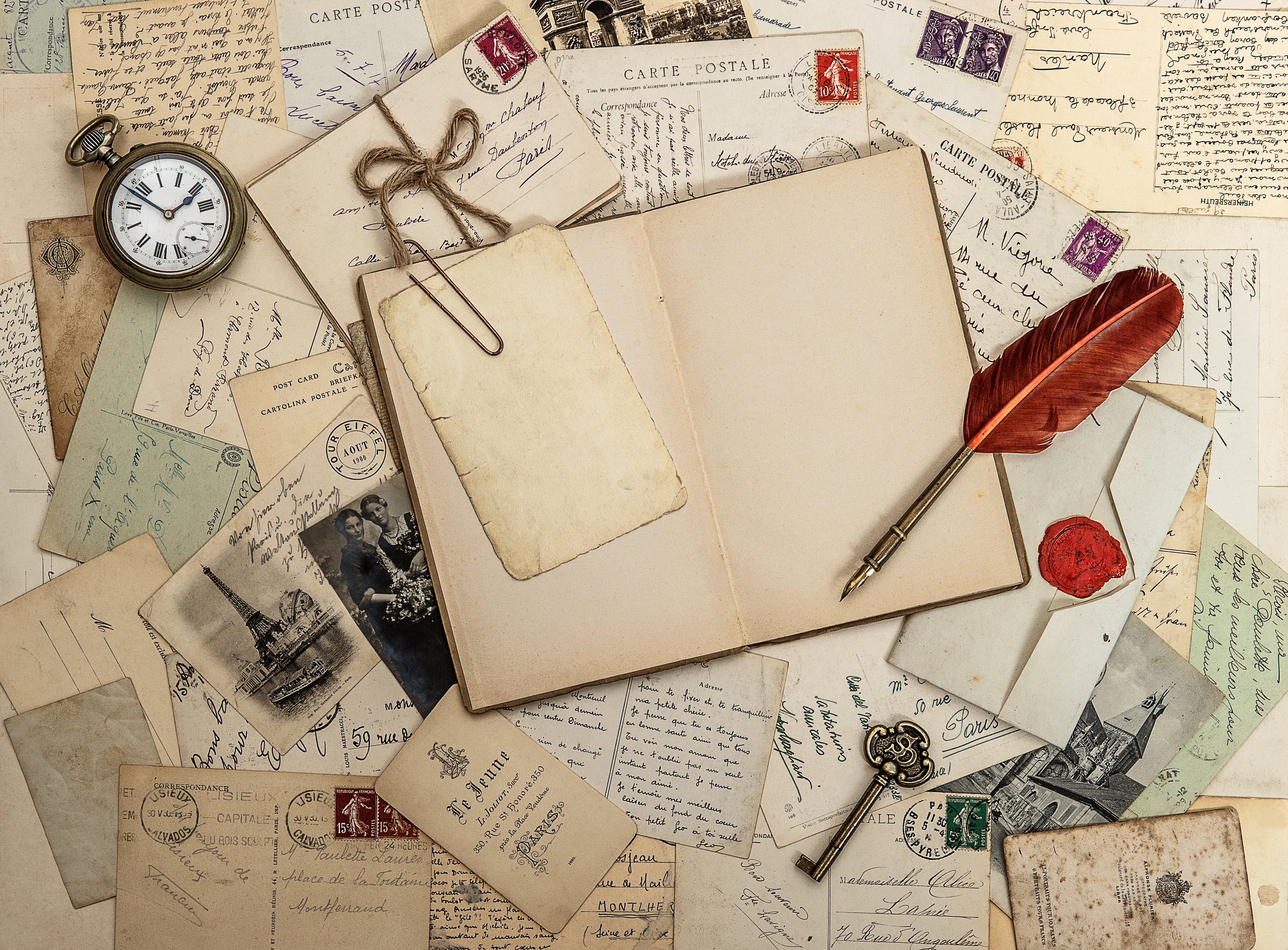
Where do you find elementary school historians? The answer can be right in your digital classroom!
Elementary students can think and act just like historians with lessons they are already being taught! By utilizing lessons that analyze personal primary sources, students can develop critical historical thinking skills, as they discover clues and decipher evidence to construct meaning. Show your students that uncovering sources from the past is an exciting process that can reveal fascinating mysteries.
What are “personal” primary sources?
A quick search of “personal” primary sources will lead you to a vast sea of nothingness. So what exactly does it mean? “Personal” refers to a story from one’s life or experiences. Primary sources are original records of historical periods or events by people who were actually there. Combine those and we discover a “personal” primary source is an original record of a person’s life or experience. Some examples are:
- Journals
- Diaries
- Letters
- Oral Histories
What can “personal” primary sources do for your students?
Let’s start with some of the benefits your students will receive from using these documents.
- Develops critical thinking skills
- Makes connections to the past
- Considers different points of view
- Makes history “real” by relating it to their lives
- Creates historical interpretations
- Promotes deeper understanding
- Encourages supported reasoning
How do you use “personal” primary sources to develop student historians?
You will be happy to know that “personal” is not a new buzz word when referring to primary sources. In fact, there is nothing new about it as every bit is from the past. Journals, diaries, and letters bring history alive for young students. Reading accounts written by children just like them ensures that the material is relatable and digestible for your youngest learners. Usually, these accounts bring about emotional connections to the content and often result in lively debates. They give students opportunities to bring history to life. When children learn how to be historians, they also learn to be able to dissect these primary sources and construct meaning.
Elementary teachers often have a hard time fitting in social studies education, as there are so many other subjects that are prioritized by state standards. Combining subjects is a great way to make time for all the different subjects you have to teach, while still building essential skills. For example, I use writing lessons as an opportunity to add social studies content to build literacy skills. For my kindergarteners, that was as simple as analyzing their journal entries after writing about how they celebrated their winter holiday. The students pulled out differences and similarities in their writing. As we shared and talked to each other, the students learned that there are multiple perspectives on what a holiday means. They learned about different cultures and traditions. As our practice in civil discourse continued, they found that even though people celebrate differently, we are all still friends.
Continuing the discussion, I pulled out a Christmas letter from my extended family in Venezuela. In Venezuela, individuals open presents on Christmas Eve at midnight. We then discovered that some of my student’s families also open presents on Christmas Eve. After creating a graph to show the data, a heated debate occurred about the benefits of opening gifts early. To my wonder, I realized the students had not once discussed the material gifts they received, but rather took the opportunity to learn about Christmas traditions and views of their fellow classmates. Historians learn through documented accounts of the past. That day in history, my Kindergarteners learned as historians.

Source: Library of Congress
Back in my own history when I taught fourth-grade, I was struggling to make Alabama history relatable to my students. This was their first experience with the complexities of our state history, as they had no background knowledge of the civil rights movement. Yet, teaching them the effect it had on Alabama was essential for them to learn. Luckily, my mother had saved her childhood diary. I read several entries about how she played tag and swam in the lake with other children on her street. Her diary was filled with those accounts. In the past, she often told me how her father forbade her to play with “some” children in her neighborhood, so I read that next. My classroom was instantly filled with confusion. “Some?” “Why?” By this time, my students begged me to read the next diary entry. The following days, we read more and more about how she wasn’t allowed to play with the African American kids on her street. Of course, my students did not understand why a father would make that rule, but they did understand rejection and felt strongly that it was wrong. I finished with a diary entry describing my mother’s disobedience of his rule and followed up with great discussions about whether it is ever acceptable to disobey rules. When we began discussing the civil rights movement in Alabama, my students were already excited to discover history through more “personal” primary sources. My mother’s diary and the voices of the people who lived at this time brought history alive to my students.

Relating the past to the present
Our students create history every day and are currently living through a unique time in history. You can use “personal” primary sources remotely by simply having them document the differences in remote vs. school learning and use their writing journal to compare and contrast various entries. With older elementary students, you can have them find documents online that support a writing objective or social studies theme. Consider comparing and contrasting personal primary sources from the 1918 Spanish Influenza pandemic with modern times. As historians, they will be able to practice research, gain insight from several sources before they choose the best account, and use reasoning to detail why they chose that particular account. There is also an extensive array of resources available online for your to find “personal” primary sources, including some listed below:
- Nystrom Young Citizens
- Active Classroom – free trial
- Library of Congress
- The National Archives
- Alexander Hamilton Papers Collection
- DocsTeach Search Tool
- Spartacus Educational
Seeking a full elementary social studies curriculum packed with primary sources?
Try a free trial of Nystrom Young Citizens.
Melissa Knowles has worked in education seventeen years. She earned her bachelors’ degree in Elementary Education at the University of South Alabama, a master’s degree in Library Science from University of West Alabama in 2009, and her Educational Specialist degree from University of West Alabama in 2010. She has earned several technology-related certifications and is currently working on a certification as a technology coach. In her work as a certified trainer for Social Studies School Service, she builds curriculum maps, develops micro-credentials, and trains educators on using the programs, as well as leads and hosts webinars on various topics. In her spare time, she loves spending time with her family, reading, and anything outdoors even though she’s allergic to grass and trees.
